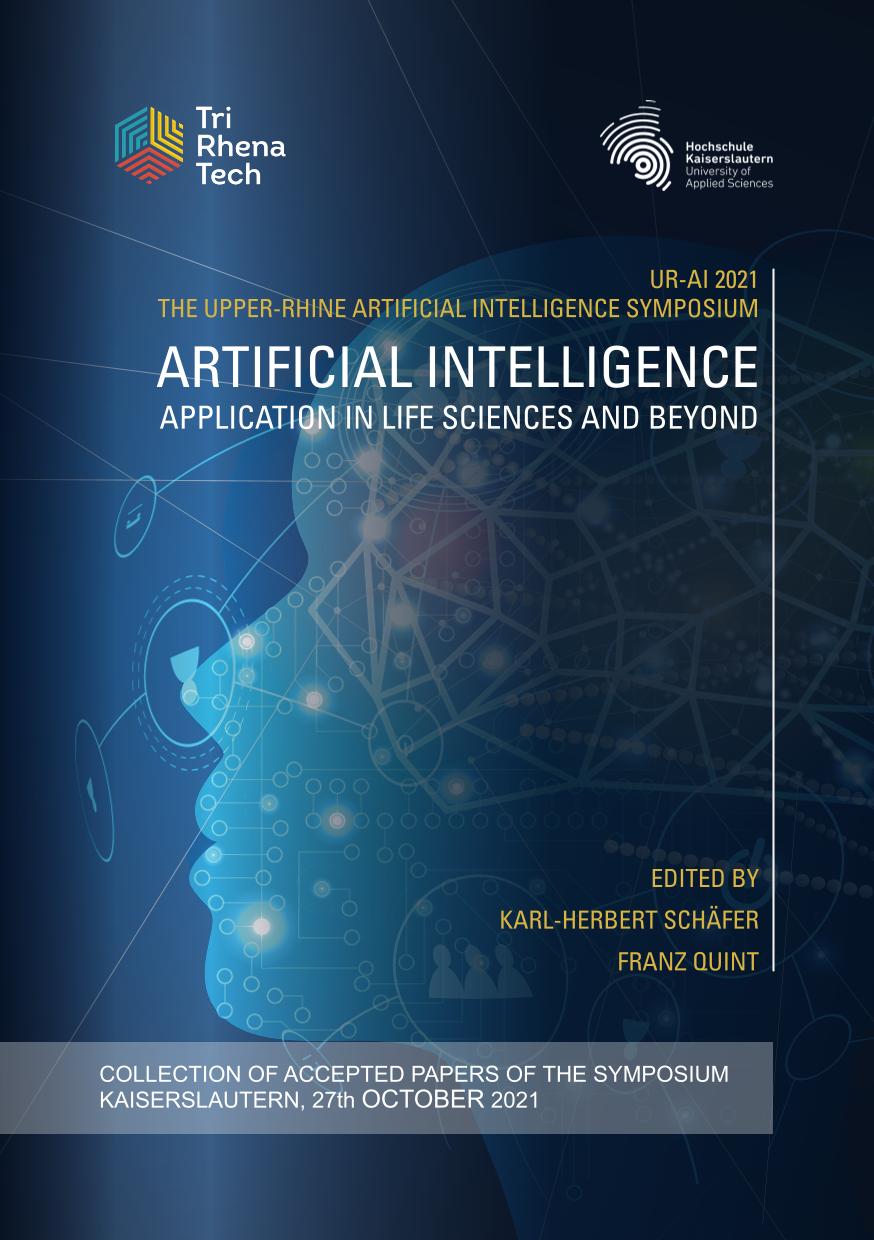Deep Learning associated with Computational Fluid Dynamics to predict pollution concentration fields in urban areas
Schlagworte:
Computational Fluid Dynamics, Air pollution, Machine Learning, Deep Learning, Real Time AssessmentAbstract
air quality is a worldwide major health issue, as an increasing number of people are living in densified cities. Several methods exist to monitor pollution levels in a city, either physical models or sensors. Computational Fluid Dynamics (CFD) is a popular and reliable approach to resolve locally pollutant dispersion in urban context for its capacity to consider complex phenomenon at local scale. Nevertheless, this method is computationally expensive and is not suitable for real time monitoring over large areas and city shape that evolves permanently. To overcome this issue, a deep learning model based on the MultiResUNetarchitecture have been trained to learn pollutant dispersion from precalculated computational fluid dynamics. This model has been used in situ on an area spanning 1km² with real values from traffic and meteorological sensors in the surroundings of Strasbourg (France) and compared against the equivalent CFD results. Classic air quality metrics shows that the Deep Learning model manages to have satisfying results against the CFD model. The similarity index used in the study shows a 62% similarity for a result obtained in minutes against the CFD result obtained in tenth of hours.
Downloads
Veröffentlicht
Ausgabe
Rubrik
Lizenz
Copyright (c) 2021 Xavier Jurado, Nicolas Reiminger, Marouane Benmoussa, Jos´e Vazquez, C´edric Wemmert

Dieses Werk steht unter der Lizenz Creative Commons Namensnennung 4.0 International.


